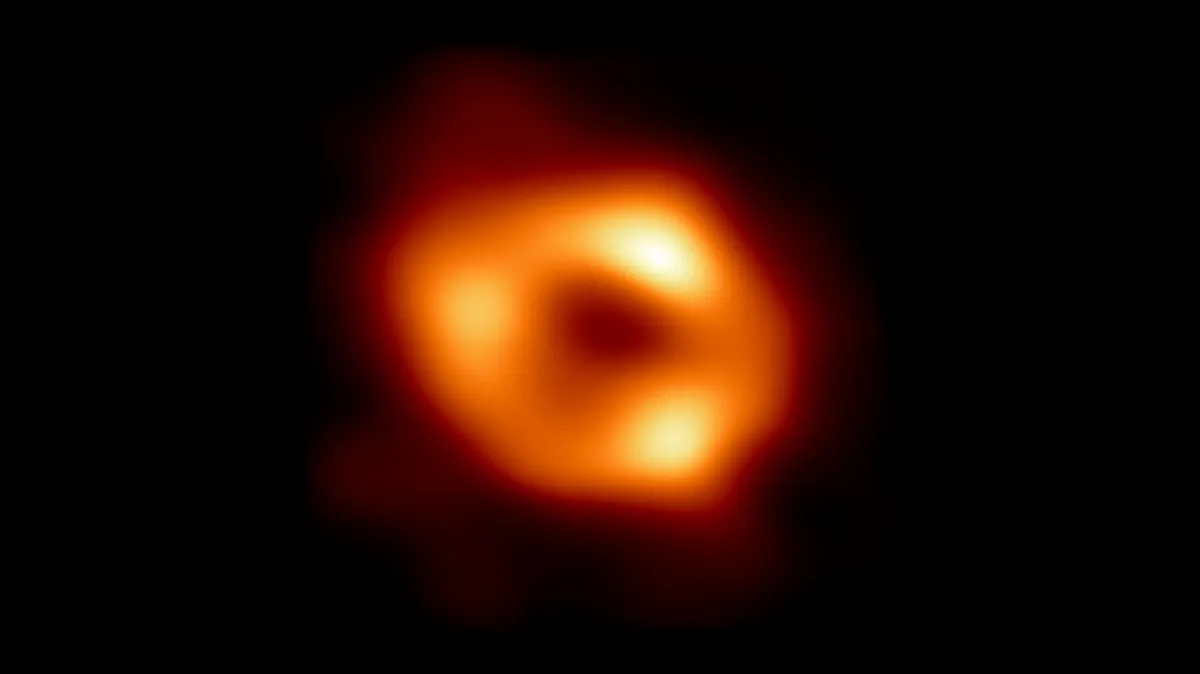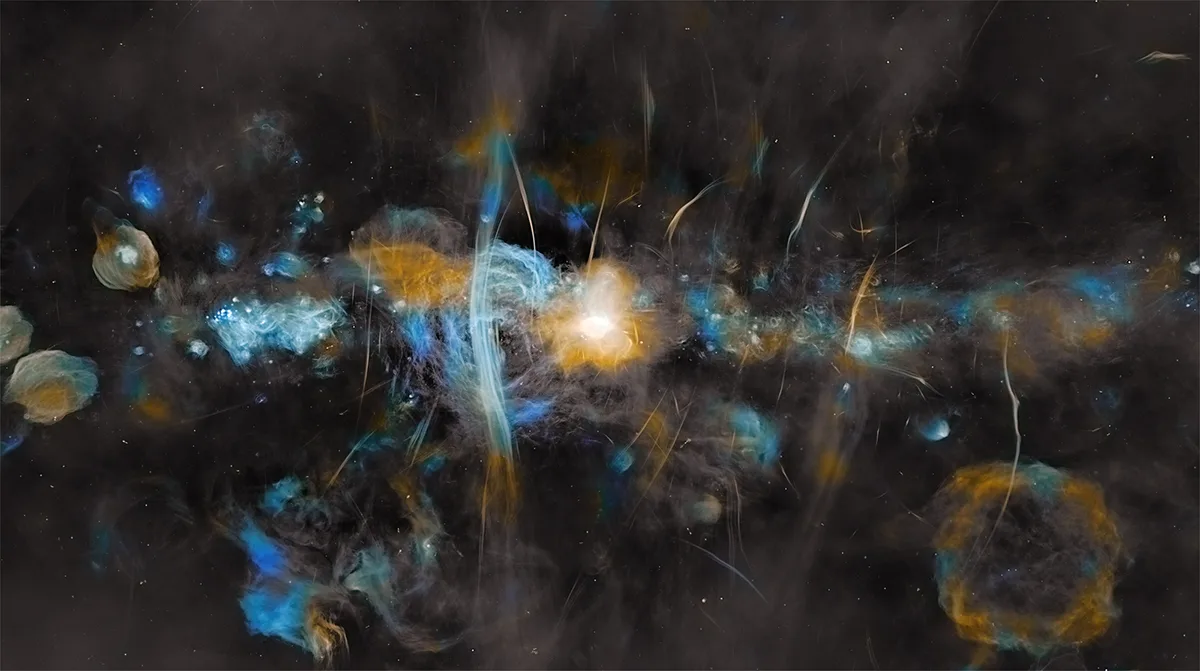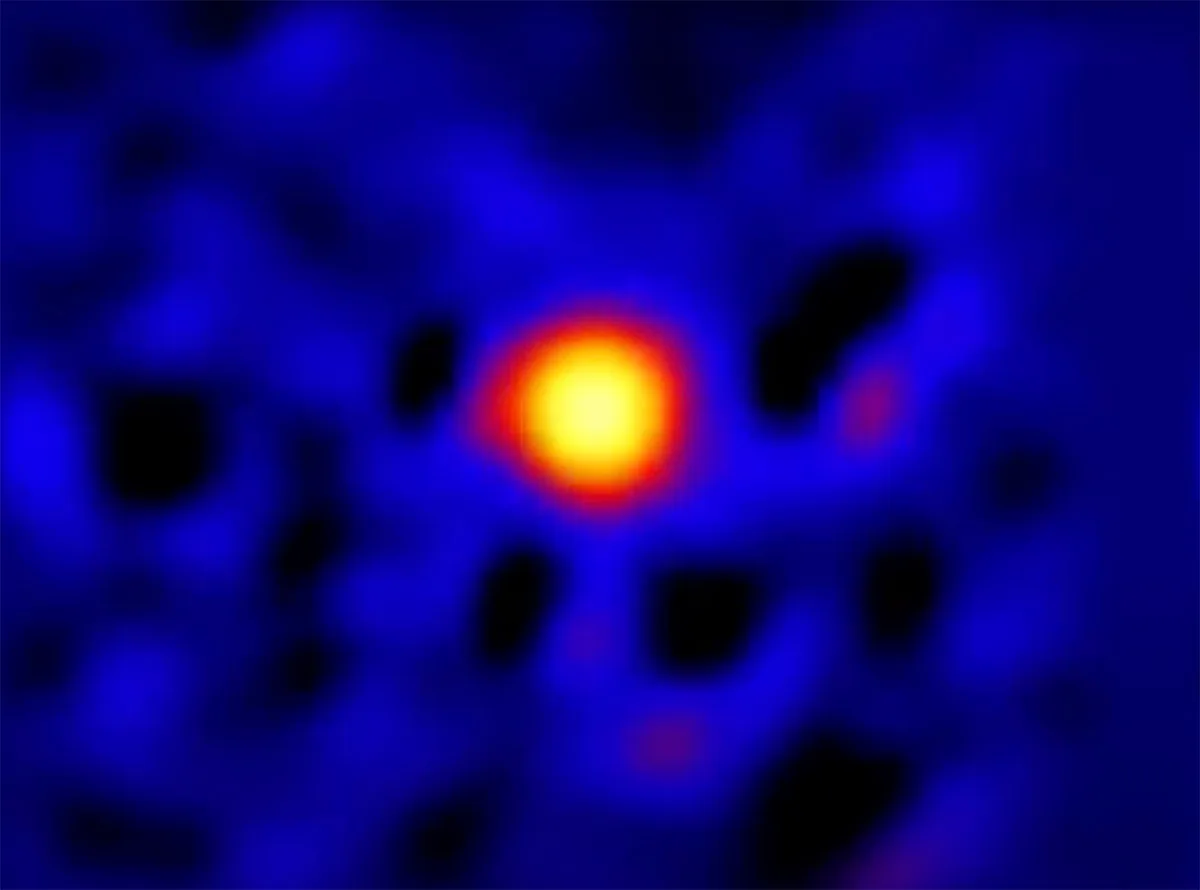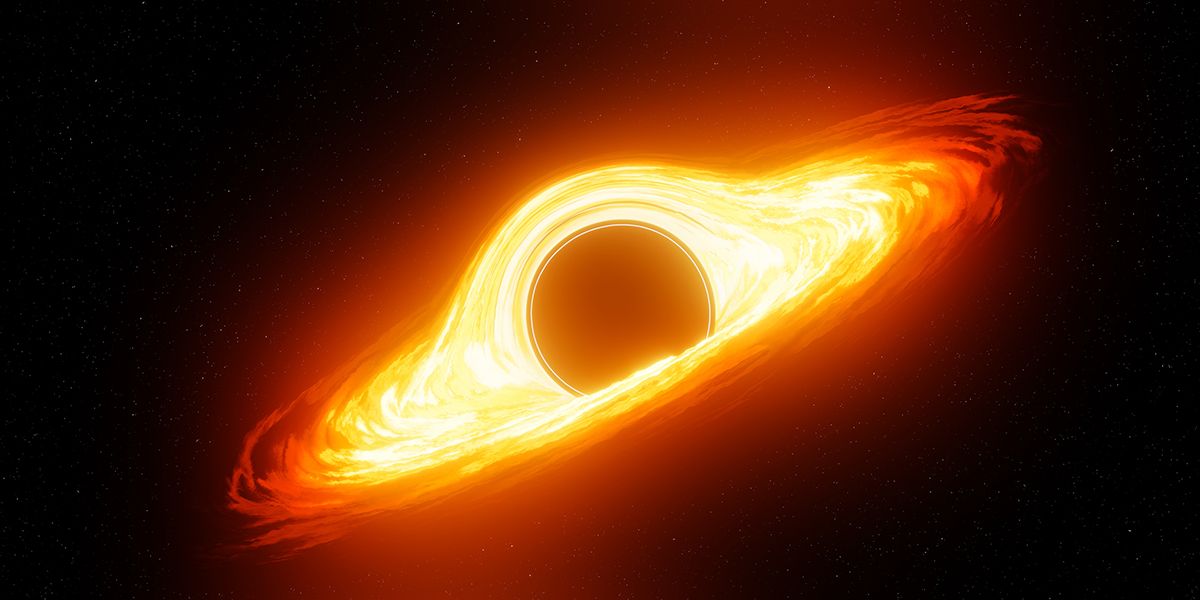I think one of the most interesting things happening in astrophysics at the minute is the rapid development of new ways to study black holes.
Whether it’s the virtuoso display of the Event Horizon Telescope showing us the shadow around the Milky Way’s supermassive black hole or the gravitational wave physicists detecting the effects of far-off mergers between stellar-mass black holes, these cosmic enigmas are being scrutinised like never before.
Both of these methods tell us about individual black holes.
Really, though, we want to know about the whole population: when they formed, how they grow and what effect they have on the galaxies that host them.
One paper shows how the shiny new JWST might be able to help.

How we find and study black holes
With black holes being black, spotting the glow from hot material in the accretion disc that surrounds them is how we usually detect them.
Sometimes that means looking for X-rays, but only the most massive black holes with the hottest discs reliably shine in the highest-energy parts of the spectrum.
Though sometimes emission from the accretion disc is seen in visible light – and it can outshine the entire rest of the galaxy, appearing as a quasar – dust surrounding the nucleus can often obscure it at these wavelengths.
Using infrared enables us to punch through any obscuration, and JWST’s giant golden mirrors allow the detection of actively growing black holes that are eight times fainter than any seen with the previous generation of infrared space telescopes.
It’s also sensitive to a broader range of wavelengths than prior missions, allowing it to spot emission from galaxies at higher redshift, revealing the state of black holes as they were back when the Universe was much younger than it is today.

Studying multiple black holes in distant galaxies
The research paper uses data from the CEERS survey, one of the first sets of deep images taken by JWST.
Combing through it, the team found 41 galaxies that harbour clearly growing black holes.
By measuring their brightness at different wavelengths, the researchers were able to work out how much material they’re consuming.
They then did some fancy statistical footwork to convert this to what’s called a luminosity function – a model that gives us the total amount that the entire population of black holes is growing by as a function of cosmic time.

Based only on one survey, and on just 41 galaxies, this is more of a preliminary study than the last word on the subject.
But the overall story is clear: black hole activity grew from the Universe’s early days, until a period roughly four billion years after the Big Bang, since when it has been declining.
Intriguingly, this is around the time that astronomers think that star formation peaked in the Universe, so the process of star formation and black hole growth seems to have been evolving together.
Future surveys will tell us whether that’s because one controls the other – or whether some other factor is driving both.
Chris Lintott was reading Inferring Obscured Cosmic Black Hole Accretion History from AGN Found by JWST/MIRI CEERS Survey by C-A Hsieh et al. Read it online at arxiv.org/abs/2505.24308.
This article appeared in the August 2025 issue of BBC Sky at Night Magazine
